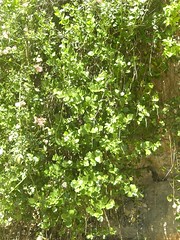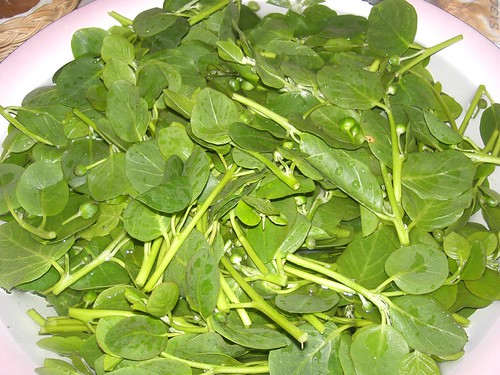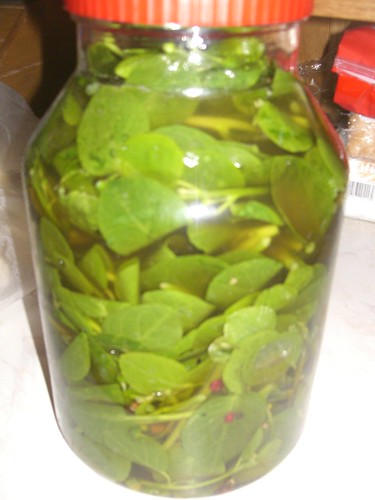The
fire in our neighbourhood left its mark in the open fields close to the houses. Luckily for all of us, our houses were not affected (some suffered very minor damage, eg sooty walls). Although the fire caused widespread damage, it was fortunate that the natural landscape did not burn right down to its roots.
 |
| The fire started behind the buildings, from a short-circuit during high winds, which helped it spread from one side of the road, jumping over the buildings to the other side f the road (not visible) and up the hill to where we live. |
I recently took a little walk in our neighbourhood to see the aftermath. The main damage occurred in the olive trees, which are laden with an oil content that makes them sizzle like a frying pan before they go '
whoosh' and burn in a matter of seconds.
 |
| This poor tree caught fire in its trunk, making one part of it fall down as it gave way to the flames. |
The few citrus trees in the area were less affected, as they have a greater water content.
 |
| The lemon tree has survived despite its burnt leaves. The fruit will all still be edible. |
The woodier trees like the decorative palms were not so lucky - neither were the snails that were enjoying their shade on the bark.
 |
| This palm is located in the garden of a private home - the blackened shells of the snails can be seen. |
The odorous burnt smell in the area will not go away until the winter when the rains fall. Until then, the wind will make the smell travel whichever way it blows.
 |
| A neighbour's house - the fire came that close. |
Although the earth where the fire touched now has an orange-brown hue, the greenery that was growing on it before the fire has shown great resilience. The caper bushes continue to grow as if they were never affected by fire. I found a caper bush by a church which the fire surrounded but did not burn, not even singe the walls; that could be some kind of sign, but I put it down to the concrete and stucco walls playing the rols of firebreaks. This caper bush is special in another way: it is completely removed from pollution, as no vehicles, no animals and no people come near it, except for once a year during the chirch's feast day.

The caper plant is very beautiful with its fushcia-shaped pink and purple blooms. These flowers come from the edible buds of the plant, which is fully edible but very thorny, so it's a bit of a pain to harvest the tenderest shoots for pickling. It also produces a downy fur on the leaves and buds, but this just natural and does not need any special removal technique.

This caper bush was full of small buds and tender shoots. I chopped the shoots as far as the most edible part, placed them in a bag and took them home. Then I picked all the buds and leaves (and a few of the berries from the flowers that had lost their petals - they are edible too!), and the shoot tips to 1-2cm. The stems were discarded.

The parts for pickling were rinsed mainly to get rid of ants and any other potential contaminants. Capers can be pickled in just plain vinegar with a bit of salt, but a few spices do not go amiss here. I added some bay leaves, some peppercorns, and some
Pimenta dioica known in Greece as μπαχάρι (ba-HA-ri), for a bit of aroma.

The jar can be placed in a dark corner of your kitchen, and you can start using the capers a month later. Capers are excellent natural taste additives in tomato sauce for pizza or spaghetti, tomato salad and potato salad. They look very pretty sprinkled over red and white food.
©All Rights Reserved/Organically cooked. No part of this blog may be reproduced and/or copied by any means without prior consent from Maria Verivaki.





















